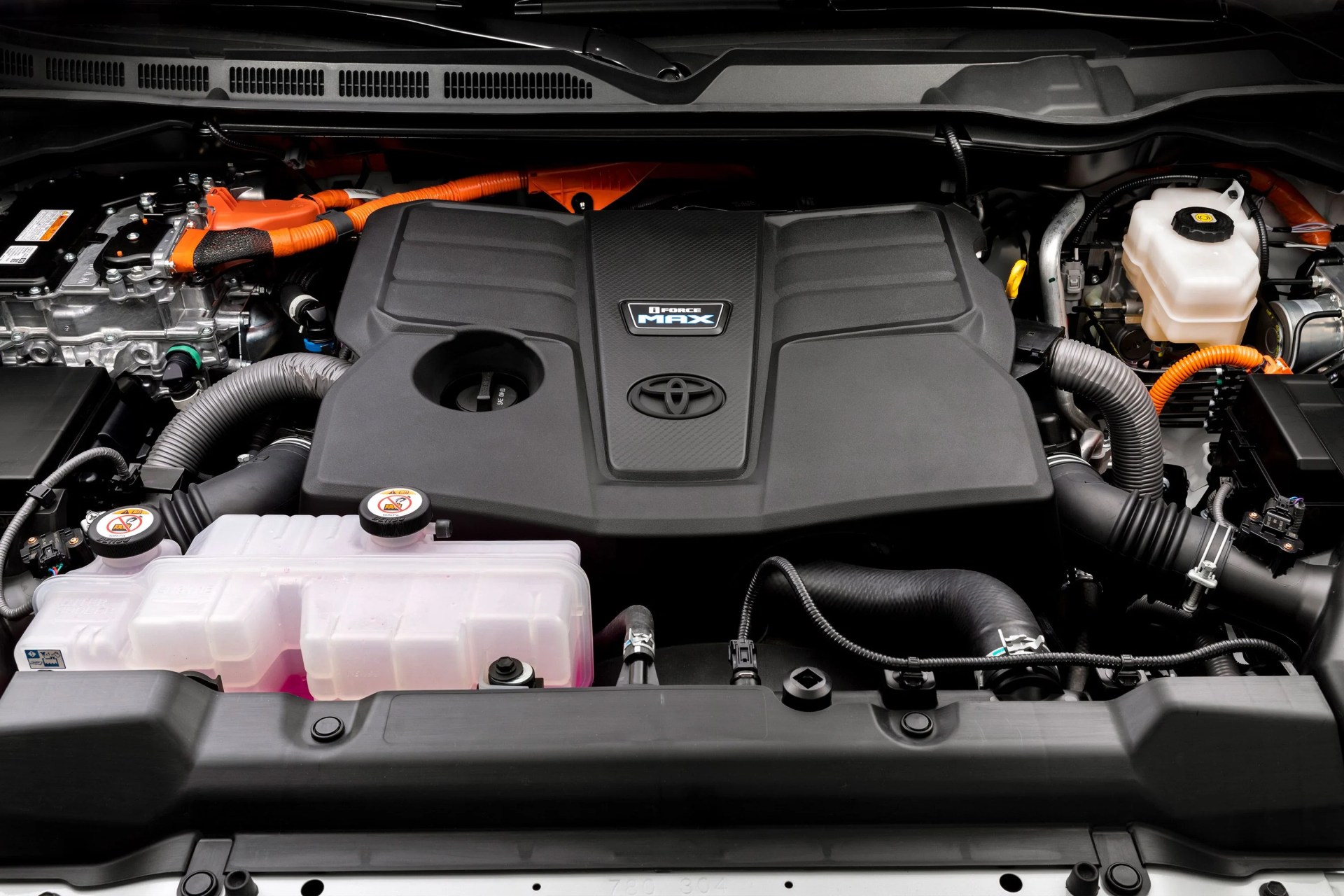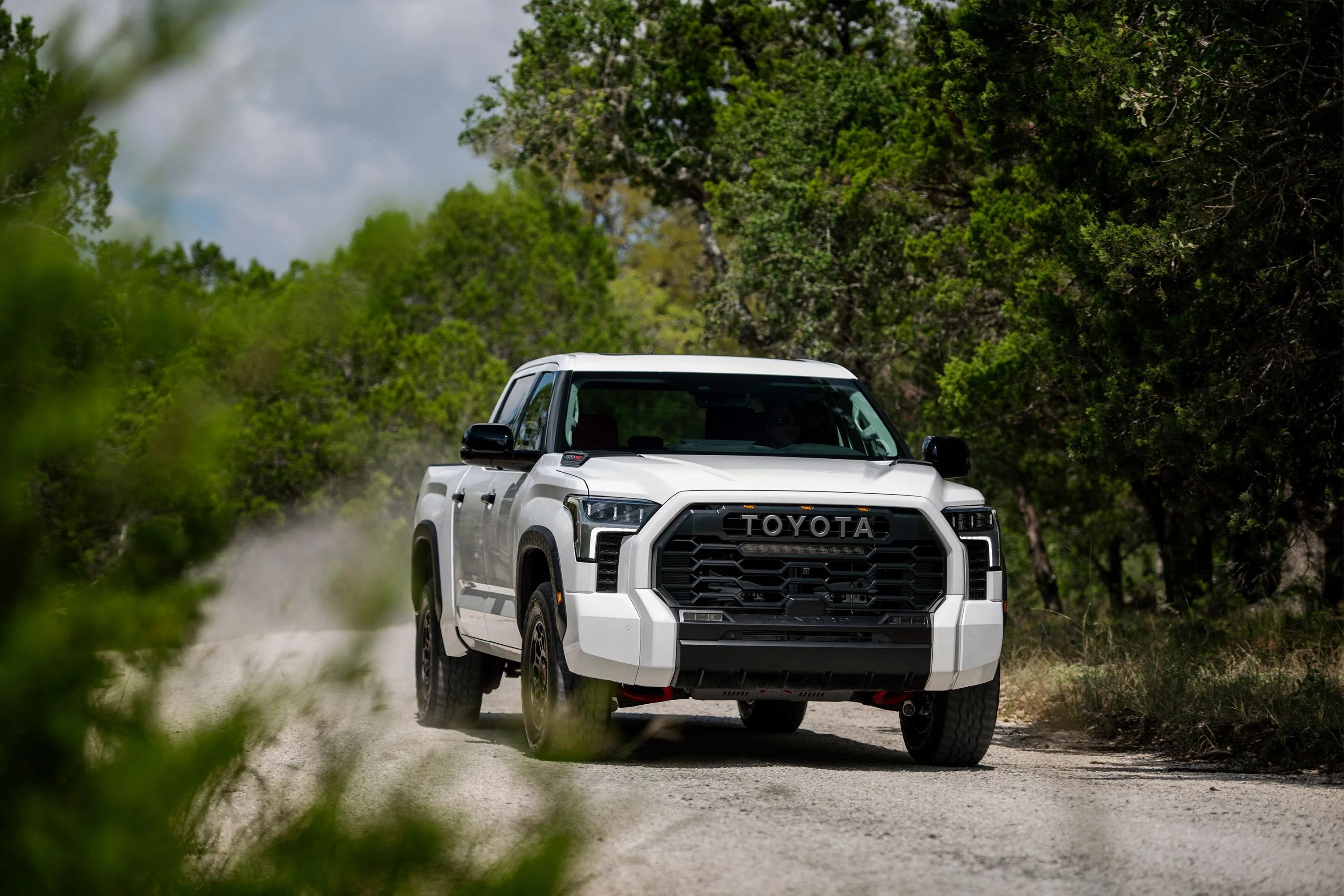After many, many years of letting their full-size truck rest on its laurels, Toyota has finally overhauled the Tundra. The brand’s third-generation half-ton pickup is all-new for 2022.
Seriously, it’s been a while since “all-new” was uttered in relation to that truck. The second-generation entered production way back in November 2006 — the same month Microsoft launched their long-awaited iPod-killer, the Zune. Those of us paid to expend words about the Tundra have long since exhausted their thesauri coming up with novel ways to call it ancient and outdated.
The Tundra has been an anomaly for Toyota. Unlike much of the rest of its lineup — RAV4, Corolla, Camry, Highlander, Tacoma, 4Runner — the Tundra hasn’t been a completely dominant sales success. It has earned high marks for its toughness and durability, with multiple vehicles hitting a million miles, and its throwback ride quality was not without its charms. But the mid-2000s were much simpler times, for both life and truck production; the aging Tundra had been lapped multiple times by its competitors. Ford, it should be noted, has revamped the F-Series three times since we last received a new Tundra.
Toyota invited me out to San Antonio, Texas to sample the new Tundra in its natural habitat. As one would anticipate with a complete redesign after so long, the new generation is a night and day improvement. The Tundra is not the F-150, but it is a damn good, legitimately competitive modern truck. And with the way Toyota branding can resonate with truck buyers — the 4Runner and Tacoma are some of America’s best-selling vehicles — the Tundra could finally make an impact beyond its niche audience.
The 2022 Tundra ditched the V8. The V6 engines are better
 Toyota
ToyotaThe Tundra, believe it or not, is now ahead of the curve on engines. The Japanese brand has become the first major truck manufacturer to abandon the V8 completely — Ford still offers a nominal one for the F-150.








